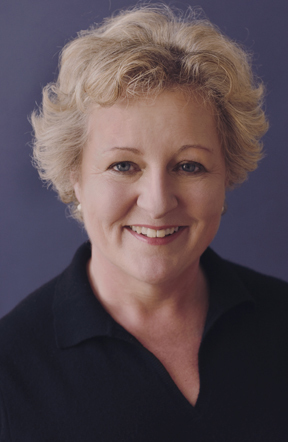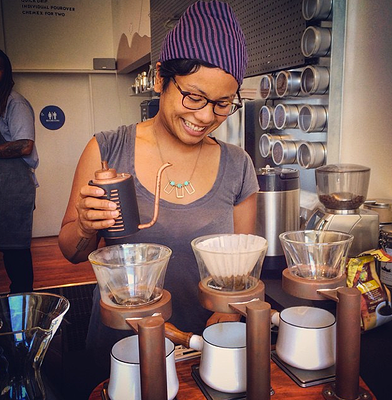Managing my business in partnership
The first business I owned in San Francisco was a gourmet cheese shop, called Cheshire Cheese, located in the Fillmore District. In a previous blog post I shared how my business partner, Michael, and I decided to go into business together and start Cheshire Cheese. Here’s the story of how we managed and expanded our business partnership.

Seize the opportunities
Six months after we opened Cheshire Cheese, the retail space next door became available for lease and the primary lessee offered us the master lease. (He also gave us his Pacific Heights mailing list and all his demographic studies on the neighborhood!) We discovered that our sublease was already 75% of the master lease so we jumped at the chance to take over the entire lease. We successfully negotiated a new 10-year lease with the building owner. Now we could double our size with the security of a long-term lease.
With limited capital to cover the expansion, Michael and I created a new partnership. We found two women who could bring new strengths and additional capital to the business. Tara was a graphic designer and display expert and Lynn was experienced with HR and motivating employees.
With the new next-door location, we added a small café and expanded our identity. Cheshire Cheese became Cheshire Cheese & Mad Hatter Tea. With the infusion of additional capital, we could now afford to hire more part-time employees.

Communicate openly
We were now four owners who each brought different skills-sets and personalities to the business. We had our differences but we were in agreement where it mattered most: our vision for the business, the impact we wanted to have in the community and, most importantly, how we would manage the business together.
We decided on a consensus-driven approach to management. (An early philosophical decision was to continue only offering vegetarian items and to not expand into wine sales.) We created a written agreement that reflected our values and our equal ownership.
We held “official” business meetings every Wednesday after the store closed. We used this time to plan work schedules, discuss personnel, review financial statements, prepare for holiday celebrations, and eat all the free samples that new vendors would drop off for us to taste. Transparency and honesty was essential for us, so we made sure we talked about money — how we were doing both by the day, the month and based on our annual budget.
Build on lessons learned
Every day was a team learning experience. We learned about the subtleties of food products, how to serve customers well, how to make strong relationships with vendors, and how to follow health department codes. Through a lot of trial and error, we were also getting better at running the business profitably, managing it jointly, and working through management and personnel challenges along the way. The best lessons learned were from hands-on experience.
Plan our exit
After running the business together for five years, two of the partners wanted to move on – one to another business and the other to go back to school. We all decided we would sell the business. To get ready to sell, we had to learn how to value our business as an asset, organize our internal systems, leverage our long-term lease, and negotiate with potential buyers. After several months of planning and negotiation, we successfully sold the business to new owners! (Cheshire Cheese & Mad Hatter Tea continued to operate for 15 more years.)
Business partnership means attending to both the business and the relationship
Like a business with one owner, a business with multiple owners must be based on a viable business concept and a solid plan for marketing, money and management. Unlike a business with just one owner, co-owners must be constantly attuned to the needs of both the business and the owner relationship(s).
Starting off, Michael, Tara, Lynn and I were aware of the qualities that each of us brought to the business – our personalities, passions, purpose, work styles and areas of expertise. Once we were in business together, we had to pay attention to the dynamics between us — how well our individual strengths or weaknesses meshed, and how well we communicated and made decisions together. Our written partnership agreement was key — both as a guide for managing the business and as a road map for how we would approach our business exit.
Owning a business with others took a lot of work! But it was also incredibly rewarding. With business partners, we didn’t have to tackle business challenges alone and we all got to share in the business’ success.
Are you starting a business in partnership or already managing a business in partnership? At Paul Terry & Associates we help both new and established business partners understand key business issues and how to work best together. We help co-owners define roles, address key financial issues and minimize areas of conflict. We also help business owners write partnership agreements and create business action plans so that they can move forward with clarity.
 Jane and her business partners provide a full range of urban design services, including strategy, design, conceptual architecture, and urban design education and communications.
Jane and her business partners provide a full range of urban design services, including strategy, design, conceptual architecture, and urban design education and communications. Shamita and her business partners co-own a counseling business that provides therapeutic support services to teens and families experiencing emotional, behavioral and substance-related difficulties.
Shamita and her business partners co-own a counseling business that provides therapeutic support services to teens and families experiencing emotional, behavioral and substance-related difficulties.









